East Rock to turn empty lot into pocket park
The new park, named Mulberry Jam, will begin construction next month and could become a model for community-based parks projects across the city.
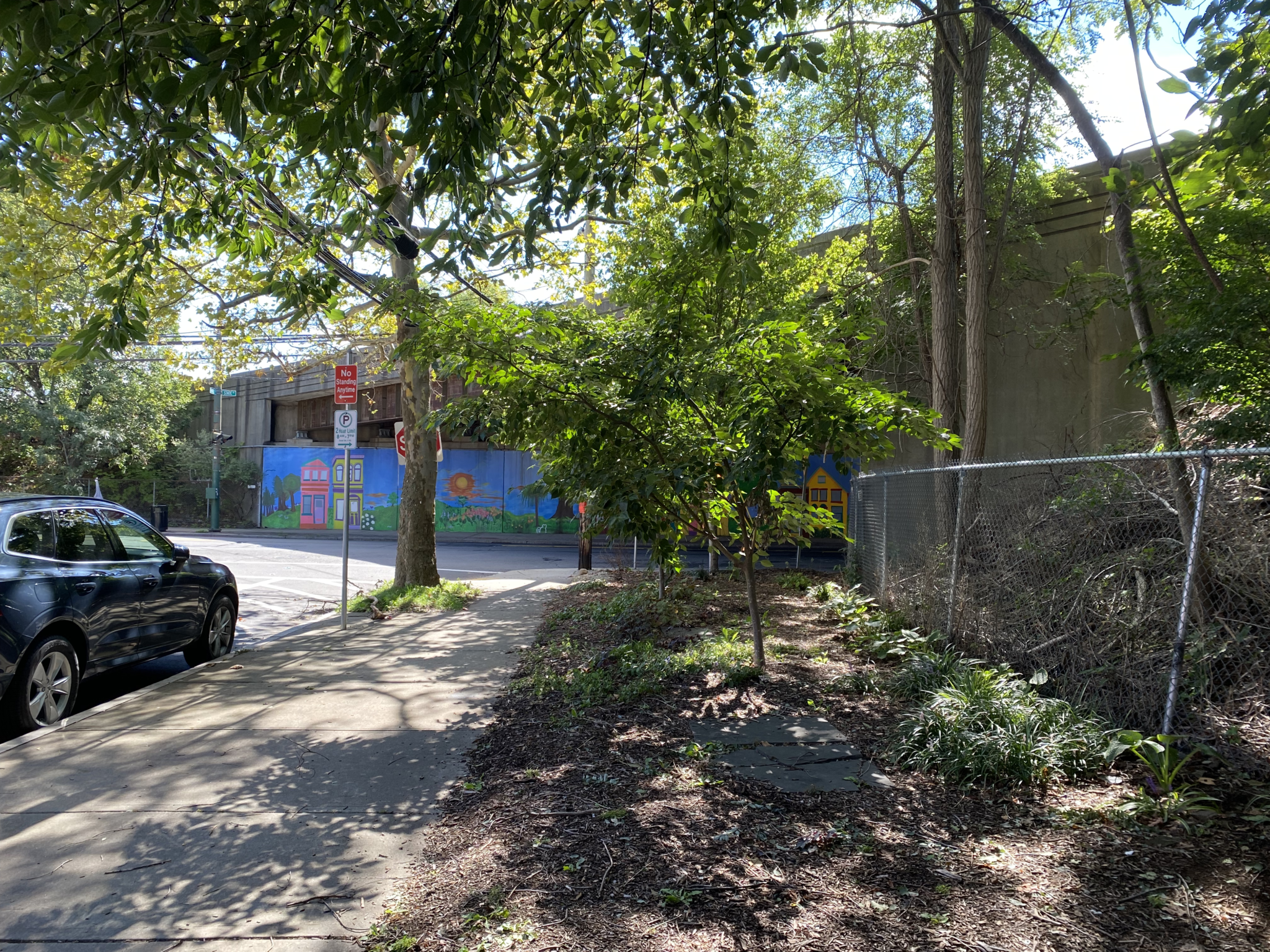
Sadie Bograd, Contributing Photographer
With its tall chain-link fence and bare dirt ground, the small lot at the corner of State Street and Bradley Street appears rather dreary.
But when John Martin, founder of the Bradley Street Bicycle Co-op, looks at it, he sees something more. Martin sees Mulberry Jam — a landscaped community space where people can play with their kids, have a picnic or wait for the bus.
Martin and fellow East Rock residents have been trying to convert this state-owned site into a small pocket park for the last few years. But amid back-and-forth dialogue with the Connecticut Department of Transportation, complex permit approval processes and pandemic-related delays, progress has been slow.
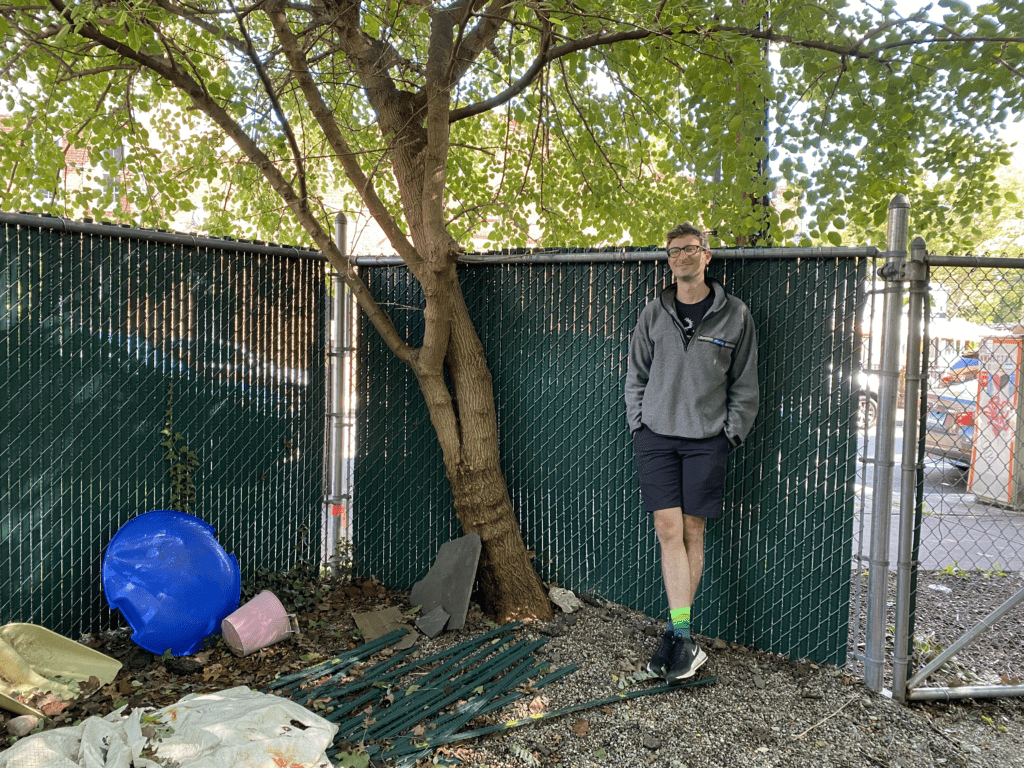
After months of collaboration between local community members, nonprofits, city officials and architecture firms, the group is ready to start major construction next month and hopes to have the park open by the end of the year.
“This was an abandoned site that I kept looking at, being like, ‘Why is it not something more useful?’” Martin told the News. “We’re not trying to change the world over here. We’re just like, ‘I walk by it every day, and it could be nicer, and why is it not nicer?’”
Martin described the space as one of the city’s many abandoned “sliver lots” — small, oddly-shaped pockets created by the construction of roads and highways over the last century. The land was overgrown, and a local restaurant was using the space as a waste oil dump site, but Martin saw its potential.
He reached out to the Urban Resources Initiative (URI), a local nonprofit that assists communities in constructing new greenspaces. They soon ran into complications over permits and liability: CDOT owned the land, so the city had to work out a plan to lease it from the state for $1 a year, with the Mulberry Jam neighborhood assuming responsibility for property maintenance.
“Even though it’s a very small piece of land, there’s some complex parts to it,” architect Ming Thompson ’04, who worked on the designs for Mulberry Jam, told the News. “Especially because organizations like the DOT [Department of Transportation] are so large, you submit drawings, and they go into a black hole for many months… You have to ask a lot, ‘Where is this in the process?’”
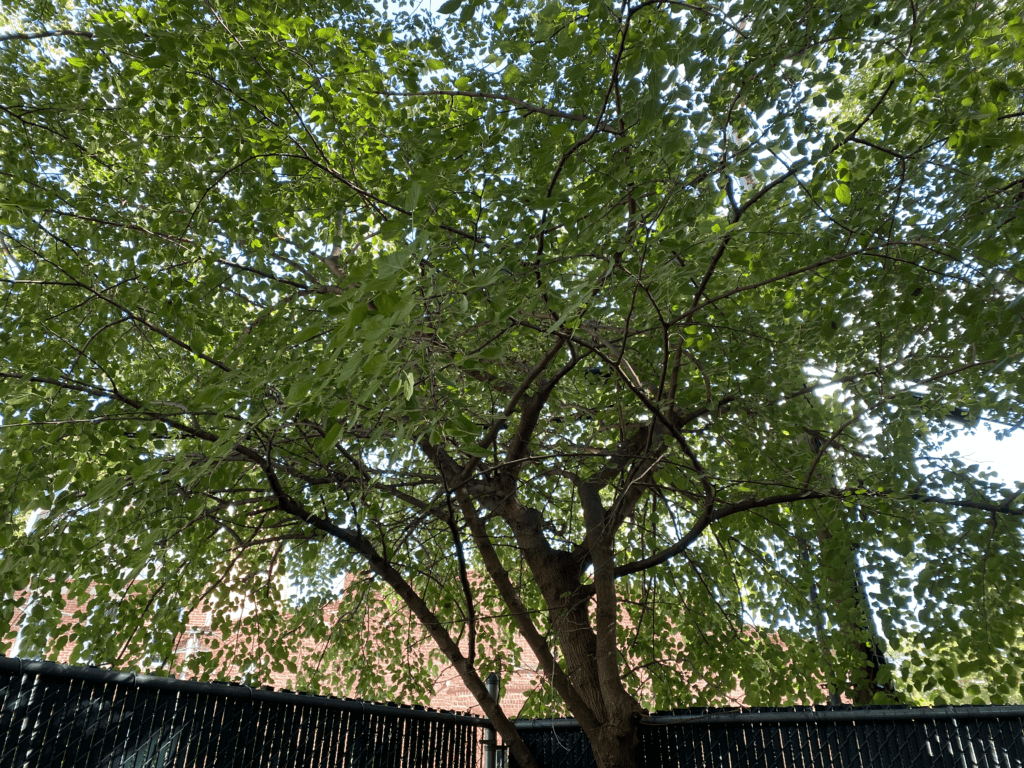
In the meantime, the neighborhood envisioned what Mulberry Jam could look like. They named the site after the old mulberry tree in the corner, which yield fruit for the community every year. Atelier Cho Thompson, a local firm, designed plans for the park pro bono after a series of community meetings at the Bicycle Co-op.
The current plan includes a low gabion stone wall, tiered wooden benches and shade-loving plants, as well as the central mulberry tree.
Thompson told the News the park should draw users in, with more spaces to linger as they go deeper into the site. She noted that the firm wanted the park to be welcoming to commuters traveling down State Street, not just to neighborhood residents.
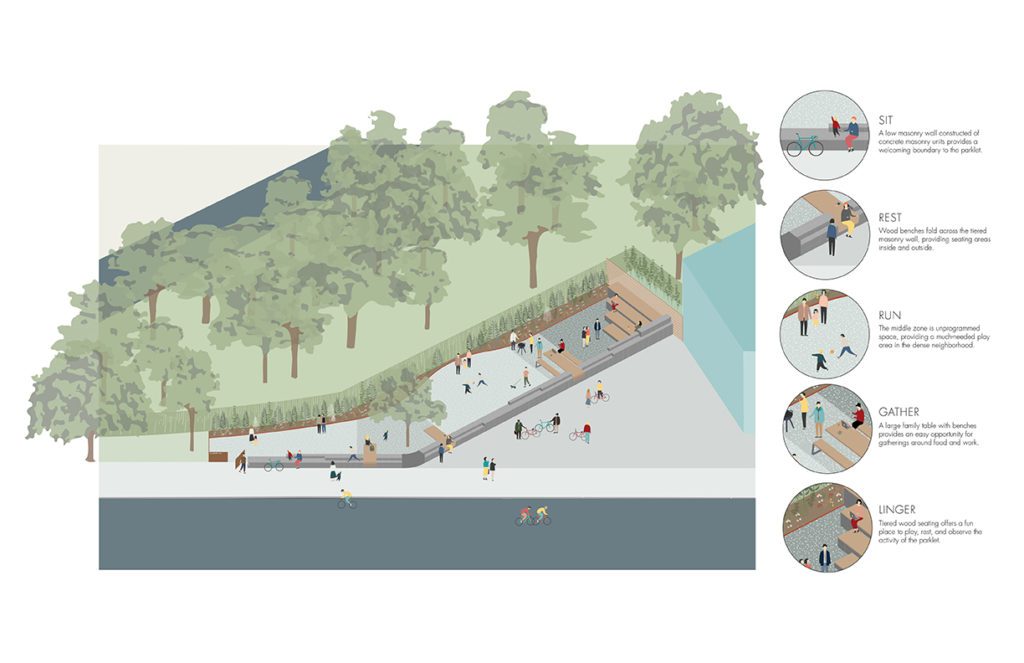
“We talked about what that space could be and tried to imagine a better future than an overgrown, weed-covered lot,” Thompson said. “We wanted a place just to be outside together, a place where you could go by yourself, with your kids or with large groups, and do things like read a book by yourself, or gather together and watch a movie or eat dinner from September in Bangkok across the street.”
The community received $20,000 in funding from the East Rock Community Management Team, as well as $30,000 from a state grant funded by the furniture giant IKEA. URI donated what its associate director Chris Ozyck called “greens and browns,” which included plants, mulch and stone.
So far, the project has relied on a combination of local volunteers and employees from EMERGE, a partner of URI that helps formerly incarcerated people find jobs.
Martin described pulling up weeds that reached up to his chest while removing trash and filling in sinkholes.
According to Ozyck, over the next few weeks, the team will remove the old metal fence, put in conduits for lighting and build the new stone wall.
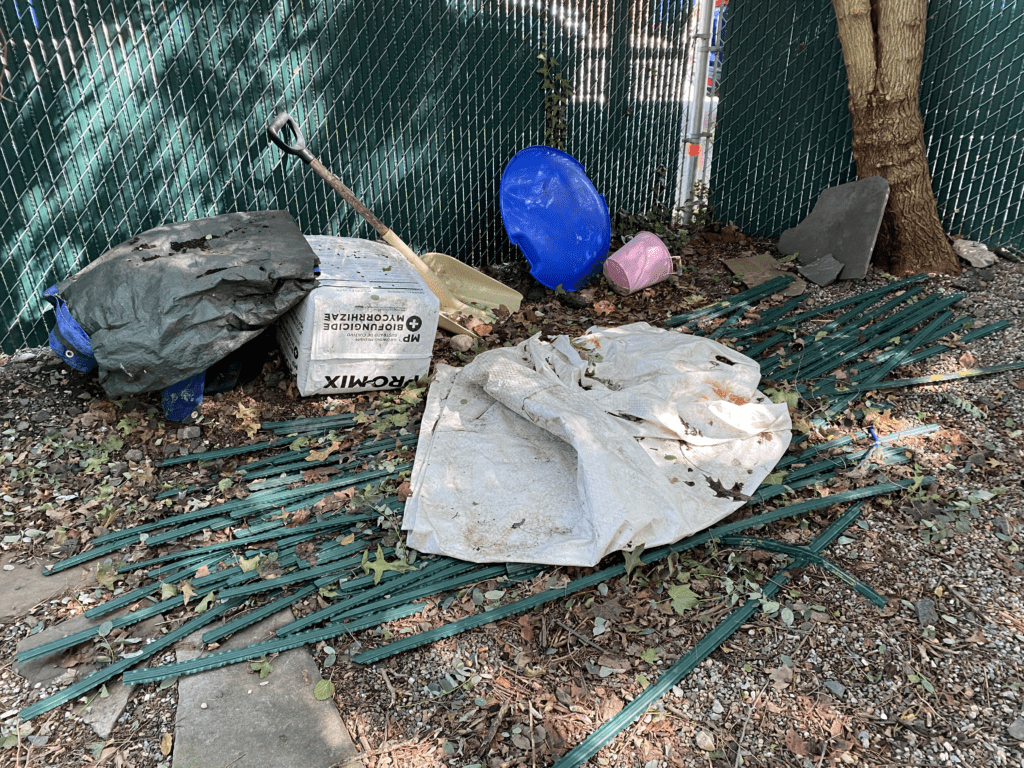
Although the work has been hard, Martin said he sees it as proof that these community-led greenspace initiatives are possible anywhere in the city. He explained that these projects can be a way to knit together communities that have been divided by car-centric development.
“Anyone can do this,” Martin said. “These are our cities. They’re here for us to make better. Your imagination and a little bit of work can make a tiny little thing into something cooler… One hour a week to commit for a couple of years to slowly get a thing together is worthwhile time.”
Martin added that he hopes residents will find the process easier in future, now that the city has more experience with leasing land from the state to turn into parks.
Ward 7 Alder Eli Sabin ’22 concurred, saying that “advocating for neighborhood-level projects can be really effective.” He noted that similar projects can be and have been replicated across the city, like at Cherry Ann Park in Newhallville.
Ozyck encouraged interested residents to reach out to URI with proposals for green spaces in underserved areas.
“We have a very low bar for people to get involved,” Ozyck said, explaining that URI will work with groups which have at least three unrelated New Haveners who want to support a new development. “The community says, ‘Hey, we want to do something,’ and we say, ‘Okay, let’s see what we can do to help make that happen.’”
Mulberry Jam is located at 126 Bradley Street.







